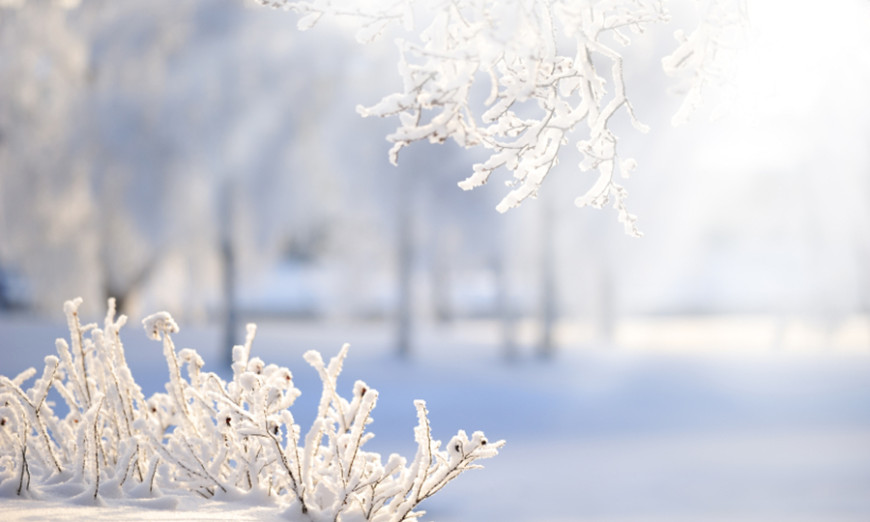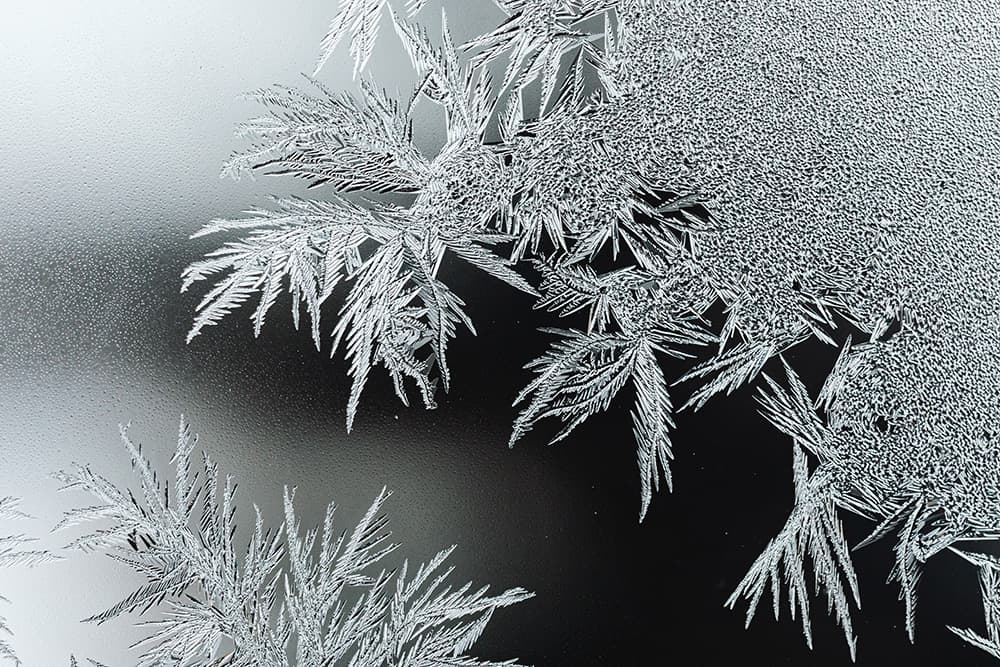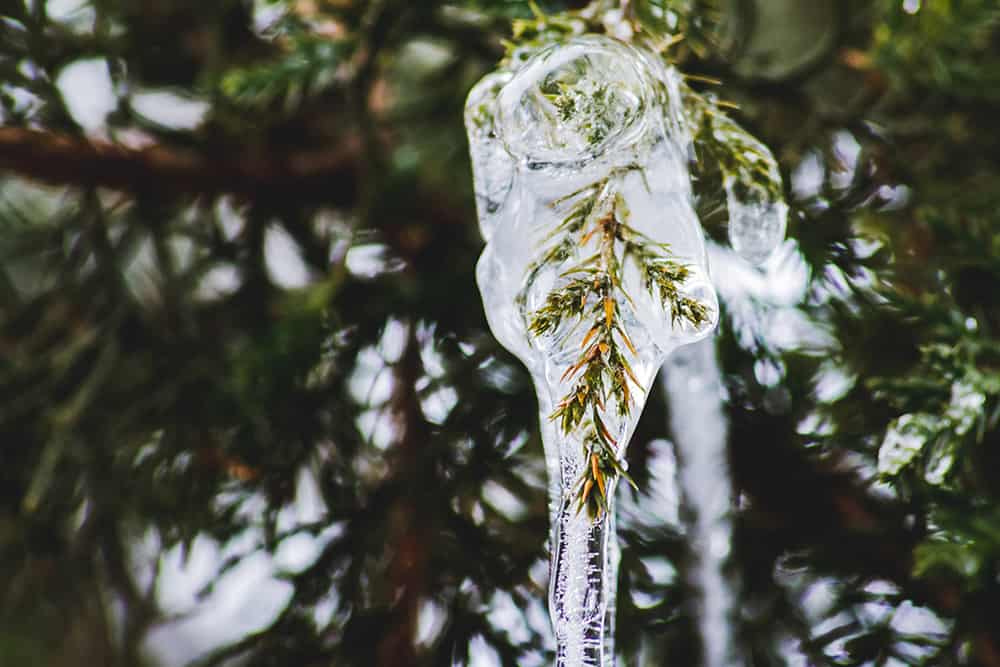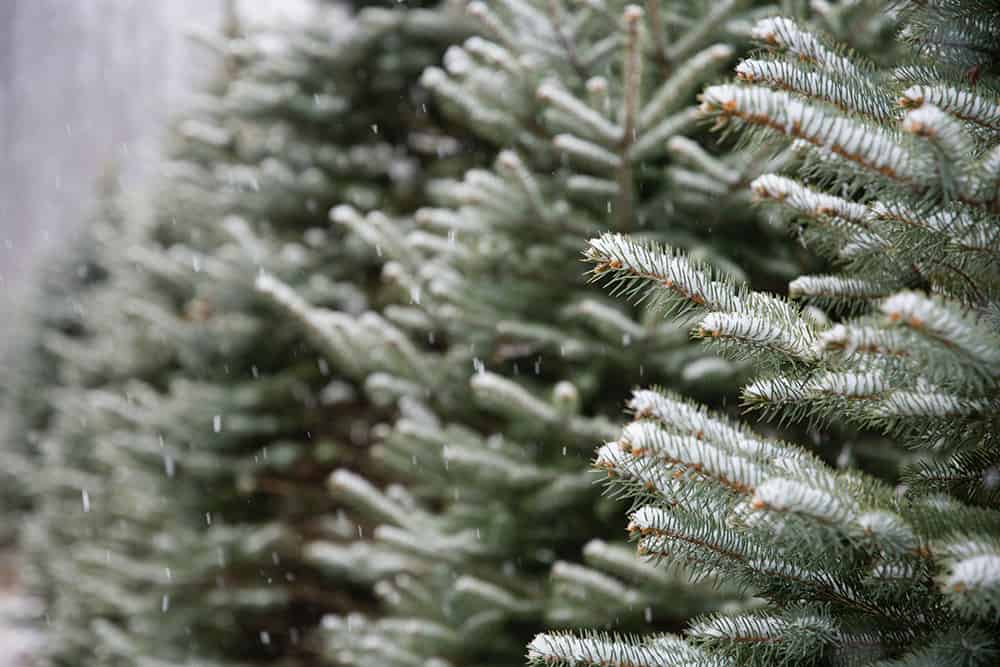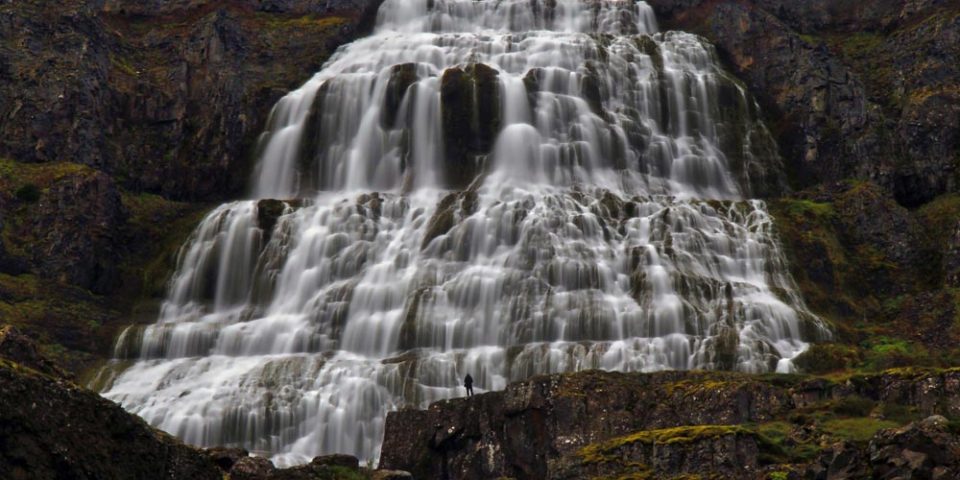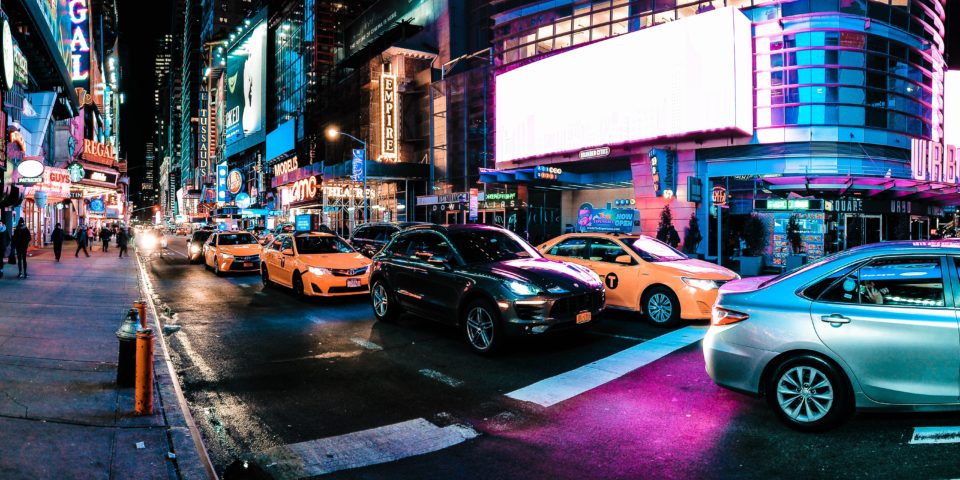Winter may be cold, but there isn’t another weather element like snow that can create so many amazing photographic backgrounds. From mountain top ski slopes to children building snow forts in the backyard, winter offers some of the most dramatic opportunities to capture family, vacation, and scenic images.
Knowing a few simple tips can help you make the best of those winter photo shoots, and fill your albums with beautiful images that will entertain your friends and family for years to come.
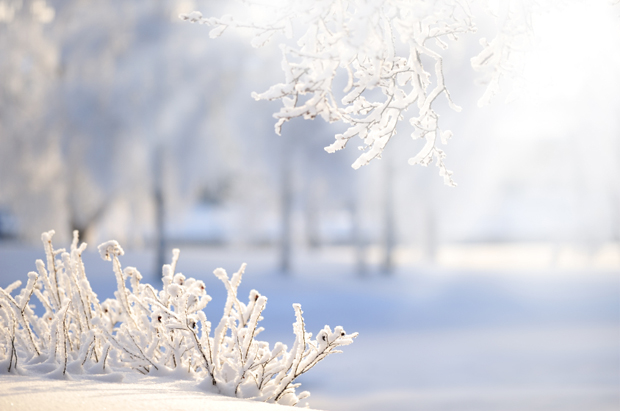
Be Prepared
You won’t always find the photographs you want to take in your own yard or neighbourhood. When you venture out of your comfort zone it is important to remember that while snow is beautiful, it can also be dangerous. It is easy to be concentrating on the images you are capturing and ignoring potential dangers. It’s especially important to use caution in areas where the snow is very deep, on lakes and ponds, and in wooded areas where branches weighted down with snow and ice can fall and cause injury.
There are products that attach to your boots to make walking easier and help prevent falls. If you’re a serious photographer, consider getting winter gloves designed specifically for use with cameras. They are expensive, but they allow you to keep your hands warm and just open up the tip of your glove fingers when needed. Check the weather before leaving home, and be sure to dress warmly and bring along some energy snacks such as trail mix, dried fruit, and granola bars. Bring along water because even in the winter, hydration is essential. Keep your equipment warm and dry in a waterproof camera bag.
Winter Macro
Macro photography is fun any time of the year, but winter can present some wonderful opportunities for fantastic images. Beautiful textures can be found in frost on windows, leaves, and other objects. Icicles can display reflections creating unusual effects. Ice crystal and snowflakes are challenging subjects that can result in amazing images. During a snow shower, mount your camera on a tripod and place in a protected area to keep it dry. As the snow falls, collect some flakes on a piece of clear glass or plastic that can be attached to the tripod in front of your camera. Try soft lighting from underneath or at an angle to enhance the appearance of the snowflake. Be creative and imaginative in your efforts, and you will be rewarded with beautiful images.
Winter Sunrise, Sunset, And Moonlight
It’s always extra cold when the sun first rises on a frosty winter morning, but it often comes in a blaze of glory casting soft golden or pink light on snow and ice. Capture beautiful landscape images as the rising sun trims snow-covered branches with shimmering gold and cast shadows on snow-covered hillsides. Sunrise is also the best time to capture frozen crystal droplets on berries and twigs.
Sunset casts a different light on snowy hillsides and trees, and while not as dramatic as the light of dawn, you can still capture some wonderful images. Moonlight on snow can create the most stunning photographs. A lone tree, a bench, a skater, and many other subjects can be bathed in winter moonlight for spectacular results.
Composition
A properly composed image is very important when much of the content is snow. There must be an element included that creates a sense of depth. It’s important to break up long stretches of snow with an object, animal, or person. Including animal tracks, footprints, snowshoe and ski markings are other ways of adding interest to images that might otherwise be monotonous.
Winter is the time to get out your camera and lenses, put on your snow gear, and go take photographs of the family at play, beautiful scenery, and the many wonderful wintry textures provided by Mother Nature.
If you have specific questions, you can always ask your Henry’s sales associate. Call a store to speak directly with one of our Henry’s experts or send us a message online via live chat, available 7 days a week.
